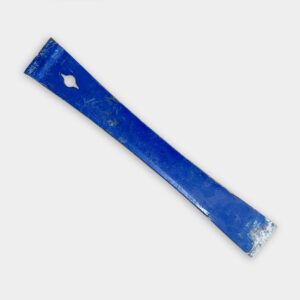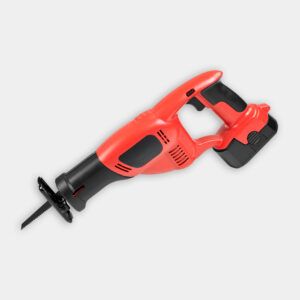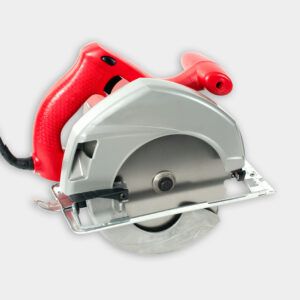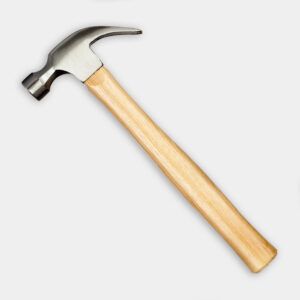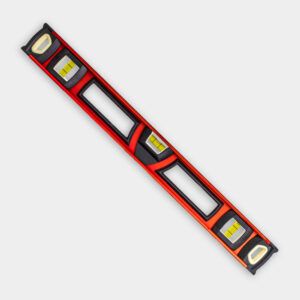Increasing headroom in a stairway can dramatically improve both safety and comfort in your home. Depending on the dimensions of your home, adjusting the depth of the stair treads may create more vertical space, allowing for easier passage and reducing the risk of head bumps.
In the video, This Old House general contractor Tom Silva demonstrates how to add stairway headroom by modifying existing stairs. We’ll take you through the steps he used and show you how to plan for your own DIY project.
What is Stairway Headroom?
Stairway headroom refers to the vertical clearance between the stairs and any overhead obstruction. Adequate headroom matters for safety and comfort when using stairs. The minimum headroom required for stairs varies depending on local building codes, but if you have an older home—or a tall family member—this headroom may not be adequate.
Calculating Stairway Headroom
To calculate stairway headroom:
- Measure from the front edge of a step to the lowest point directly above it (i.e., the ceiling or other feature).
- Take measurements from each step.
- Use the smallest measurement as your current headroom.
Minimum Headroom Requirements
Building codes specify minimum headroom requirements to ensure safety. There’s no maximum headroom, but of course this will be limited by your ceiling. While codes can vary by location, here are the International Residential Code (IRC) standards.
- 6 feet 8 inches for most residential stairs
- 7 feet for commercial buildings
- 6 feet 4 inches for spiral staircases
Always check your local building codes for specific requirements in your area. When the local code is stricter, it supersedes the IRC.
Assessing Your Current Stairway
Before beginning any modifications, evaluate your existing stairway. This assessment will help you determine how much adjustment is needed and identify potential challenges.
Measuring Tread Width
In the video, Silva notes that the existing treads are 11.5 inches deep. He suggests a 9 to 9.5-inch tread, allowing for a reduction of about 2 inches per step. This adjustment can significantly increase headroom without compromising safety. It’s usually not a good idea to go much shorter than this, or large feet may not fit comfortably on each stair.
Evaluating Riser Height
While not explicitly mentioned in the video, consider riser height when modifying stairs. The ideal riser height is typically around 7 inches. Ensure that any changes to the treads don’t adversely affect the riser height.
Calculating New Dimensions
When Silva shortened the depth of each stair tread, he shortened the total run of the staircase—that is, the amount of horizontal space it covers. This allowed the homeowner to walk below the jut in the ceiling before stepping onto the staircase. In doing so, Silva also had to shorten the stringer length, or the diagonal length of the stairs. You’ll need to do some calculations to find the new stringer length.
If your trigonometry is a little rusty, there are online stair calculators that will do this math for you. You can input the run (tread depth) of each step and the total rise (height) of the staircase to find the new stringer length. A step run of 9 inches and a rise of approximately 3 feet, as seen in the video, yields a stringer length of 4 feet 6 inches for a five-step staircase.
Tools and Materials Needed To Add Headroom to a Stairway
Gathering the right tools and materials before starting the project will ensure a smooth renovation process. Here’s what you’ll need:
- Circular saw
- Flat pry bar
- Framing square
- Hammer
- Hand saw
- Level
- Metal hanger plates
- Nails
- Reciprocating saw
- Spring clamps
- Timber hangers
- 2×12 lumber for stringers
- Wood for risers and treads
Steps For Adding Stairway Headroom
Silva used these steps to install a shorter staircase and increase headroom in the stairway.
- Remove old stair treads carefully using a flat pry bar.
- Cut out old stair stringers with a reciprocating saw
- Cut the 2x12s to the appropriate length for new stringers.
- Use a framing square to mark out notches on the stringers and cut them with a circular saw. Stop just short of cutting out the notches and finish cuts with a handsaw for better control.
- Attach metal hanger plates to the top of each stringer.
- Nail metal timber hangers to the bottom of each stringer.
- Set new stringers into the stairway opening.
- Fasten the top of stringers by nailing through hanger plates and into the header.
- Secure the bottom end of stringers by nailing through the timber hangers.
- Nail new risers to stringers.
- Either shorten the old treads to fit the new stringers (as shown in the video) or create new treads with the desired depth.
- Nail the stair treads to the stringers.
- Patch the wall and install trim as necessary.
Safety Considerations When Adding Headroom
When modifying a stairway, safety should be your top priority. Consider these things before you get to work:
- Ensure the new stair dimensions comply with local building codes.
- Maintain consistent riser heights and tread depths throughout the staircase.
- Install proper handrails and balusters as required by code.
- Use sturdy materials and proper fastening techniques to ensure stability.
- When using a circular saw, work in a properly ventilated area and wear a face mask and safety goggles to protect you from sawdust.
Our Conclusion
If you or someone in your home finds themselves bumping their heads while using the stairs, increasing stairway headroom can make life a little easier. This project does require some carpentry skills and calculations to ensure the new stairs fit, but with careful planning, experienced DIYers should be able to complete it. Remember to consult local building codes and consider professional help if you’re unsure about any aspect of the project.
